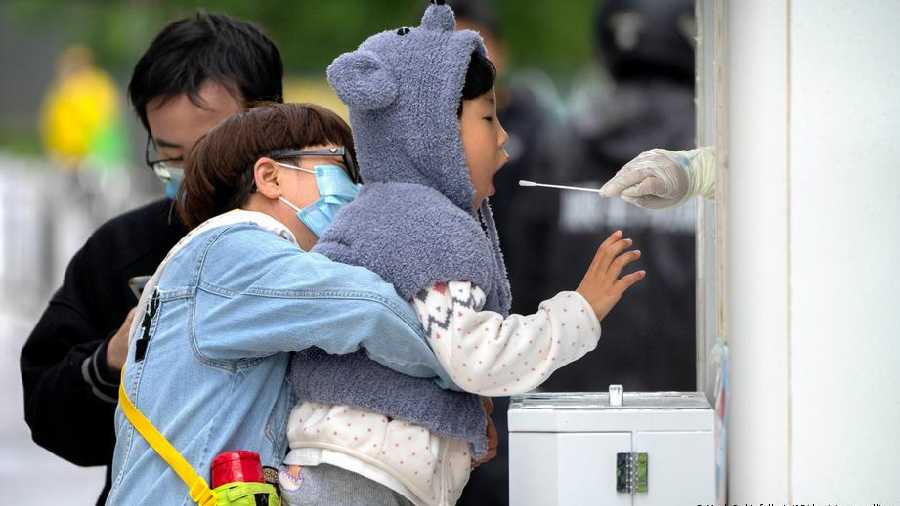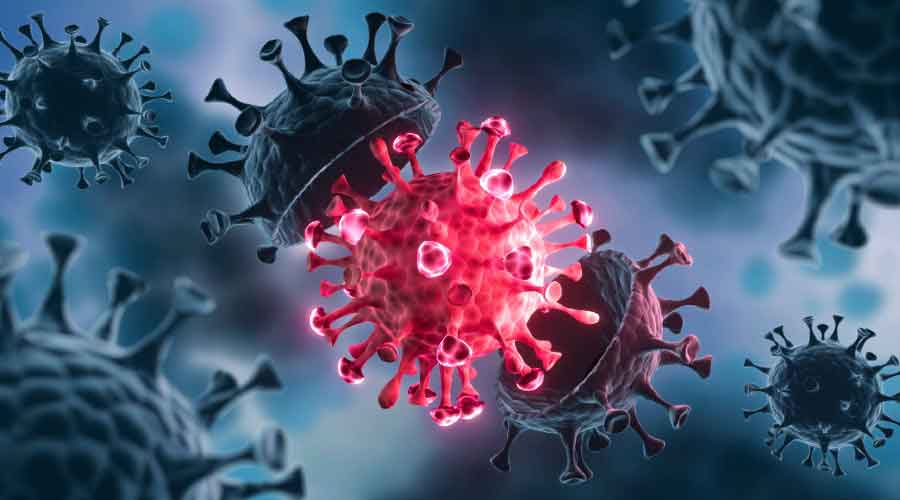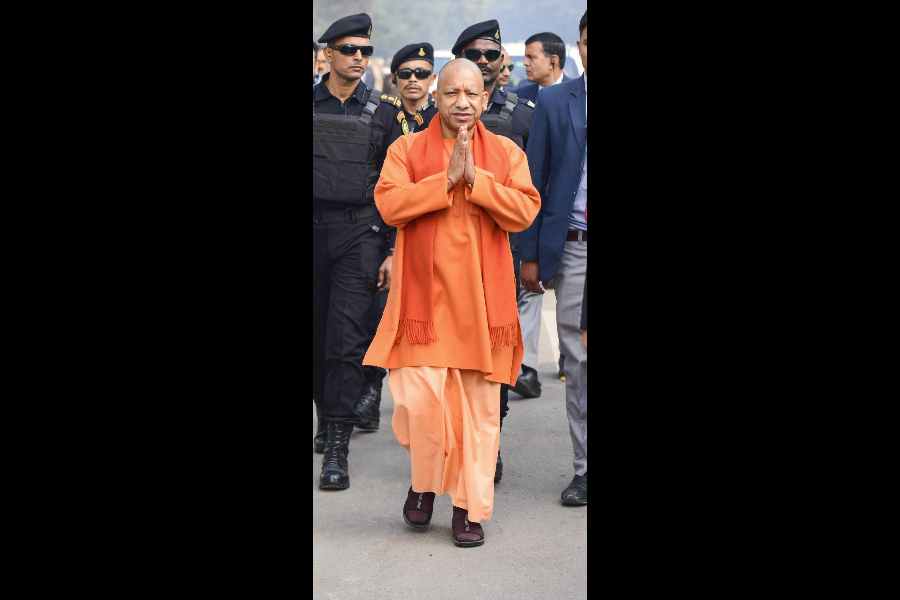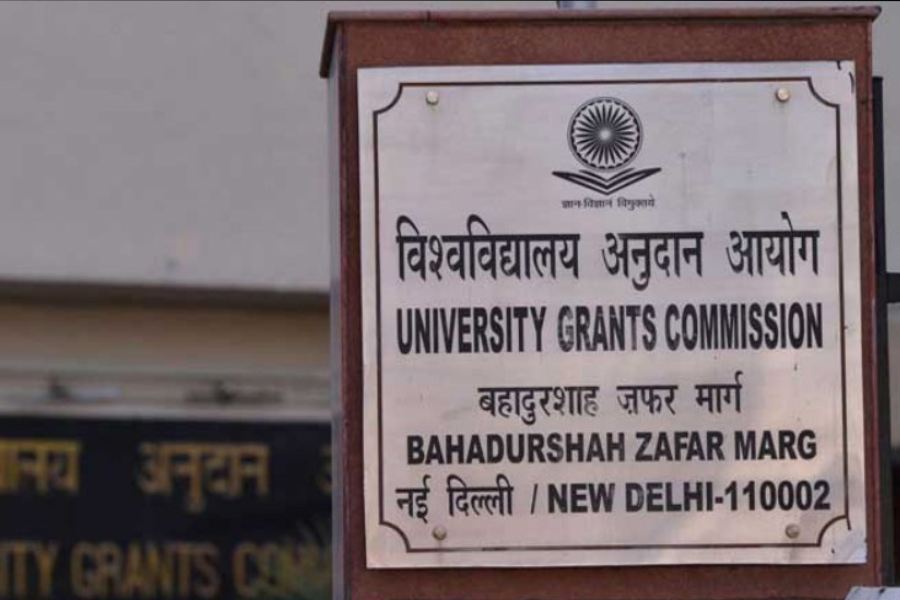The coronavirus pandemic spread from the Huanan Seafood Market in China and was not the result of a ‘lab leak’ two reports by eminent researchers said today.
The newly published research on the origins of Covid-19 likely won’t end the heated debate about whether the virus escaped from a Chinese laboratory.
But two extensive studies by eminent researchers say that Covid-19 spread from live animals sold and killed at the Huanan Seafood Wholesale Market in Wuhan, China and was not the result of a ‘lab leak’.
The reports, which underwent five months of peer review and were published in the journal Science, said there is “compelling” evidence that two separate strains of the virus emerged from the market in November 2019 and that the earliest known cases were all connected to it.
“These are the most compelling and most detailed studies of what happened in Wuhan in the earliest stages of what would become the COVID-19 pandemic,” says University of Utah evolutionary virologist Stephen Goldstein, one of the studies’ co-authors.
The reports note there is clear proof that Sars-Cov-2 was present in the live mammals that were being sold at the market in Wuhan and that it was transmitted there to human beings who were working and shopping there.
In the market itself, researchers focused on swabs from drains and stalls particularly in the market’s northwest side that tested positive for the virus.
A lead researcher, Prof David Robertson of Glasgow University, told the BBC: “that’s the location where we report species like raccoon dogs being sold.” Marmots and porcupines that are also susceptible to the virus were also on sale at the market.
Another aspect of the studies focused on genomic mapping of the cases that emerged around the city. The findings reiterated the fact that the earliest cases were clustered around it. "The clustering is very, very specific," study co-author Kristian Andersen, a professor in the Department of Immunology and Microbiology at Scripps Research.
The studies have shown that 55 of the 168 earliest cases were linked to the market. The genomic mapping study showed that others with no link to the market lived geographically close by.
Also, the studies said the understanding of how the pandemic spreads – which was initially not clear -- has helped to explain why many cases were discovered quite far from the market.
The scientists say that people who were asymptomatic or who had mild symptoms may have spread it to different corners of Wuhan, a city with a population of 11 million.
"This is an indication that the virus started spreading in people who worked at the market but then started to spread into the surrounding local community as vendors went into local shops, infecting people who worked in those shops," Michael Worobey, a study lead author and biologist at the University of Arizona, said.
Supporters of the lab leak theory have pointed to the widely dispersed cases as possible proof that the infection did not start in the Huanan Seafood Market.
The proponents of the lab leak argument point an accusing finger at the Wuhan Institute of Virology which was conducting studies into coronaviruses and assert that the virus escaped from the laboratory and triggered a “superspreader” event at the market 13 kilometres away.
The lab leak advocates believe it’s an unusual coincidence that Covid-19 first emerged in the city where one of the world’s leading laboratories into such infections is located and they believe that risky experiments may have been carried out there.
The two reports underwent five months of peer review and several changes were made to them as new evidence and thinking emerged.
One of the reports published in Science says the pandemic began with at least two and possibly several “viral spillovers” in the market. This, say the researchers, resulted in two distinct “viral lineages” which are called A and B in the study.
The B lineage leapt into the human hosts first – around November 25 – and was the one that initially spread widely. Lineage A made the leap about a week later.
The researchers say the existence of two lineages mean that a lab leak would have had to have happened twice but no proof has been found of the laboratory’s involvement with either variant.
The researchers say that the emergence of the two different strains almost simultaneously, “indicate that it is unlikely that SARS-CoV-2 circulated widely in humans prior to November 2019 and define the narrow window between when SARS-C0V-2 first jumped into humans and when the first cases of Covid-19 were reported.”
Several scientists and doctors involved in the research were initially proponents of the lab leak theory. One such Andersen who says: “I was quite convinced of the lab leak myself until we dove into this very carefully and looked at it much closer.”
However, Andersen added at a media briefing: “Everything upstream of this — which animals, where did they come from, how it’s all connected — is completely unknown at this stage.”
Andersen said the researchers had not disproved the lab leak theory but believed that the findings fit the theory that the virus originated in the market. “Will we ever be able to (disprove the lab leak conjecture)? No. But there are ‘possible’ scenarios and there are ‘plausible’ scenarios… ‘Possible’ does not mean equally likely,” he said.
Zoonosis – an infectious disease that jumps from animals to humans – has long been cited as the most likely cause of Covid-19 as most pandemics have originated in this fashion.
Worobey added that the highest probability was that the market was the epicentre of the epidemic with sellers there setting off “a chain of infections among community members in the surrounding area.”
Worobey had initially asserted that the lab leak theory merited examination but he soon came to believe that the virus emerged from the market. The number of cases linked to the market is "not a mirage. It's a real thing," he said. "It's just not plausible that this virus was introduced any other way than through the wildlife trade."












